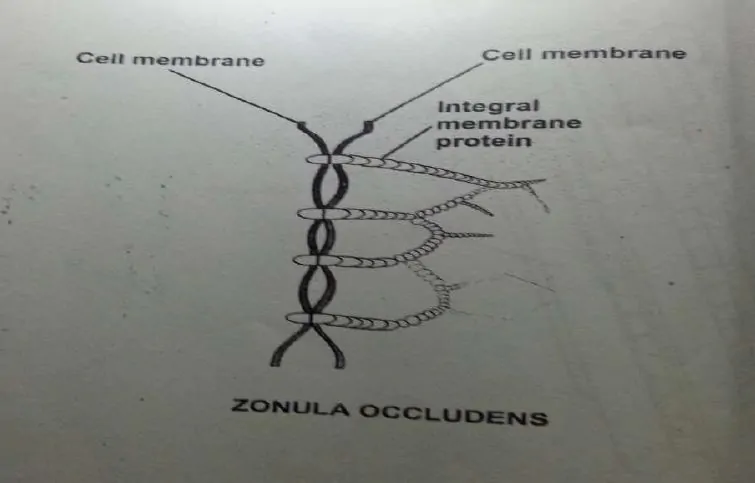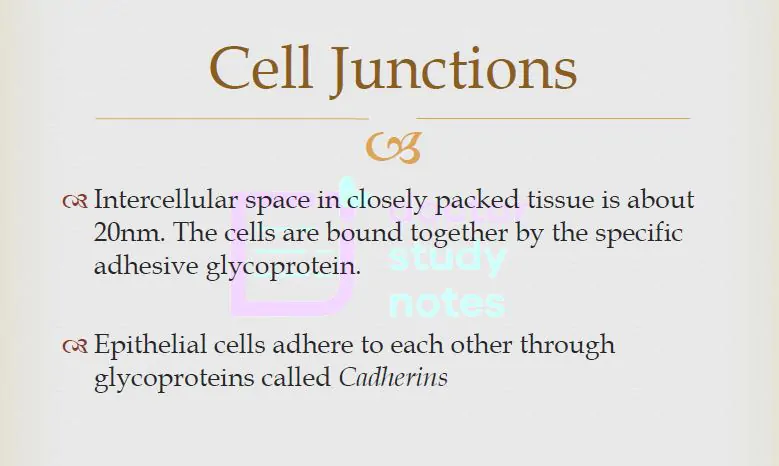Cell junctions are specialized structures that exist in multicellular organisms, allowing cells to interact with each other and maintain tissue integrity. These junctions provide structural support and enable cell communication, which is essential for proper functioning tissues and organs. There are three main types of cell junctions: tight junctions, gap junctions, and anchoring junctions.


Tight Junctions:
Tight junctions are the most apical and least complex cell junctions, responsible for forming a seal between adjacent cells and restricting the movement of molecules and ions across the cell layers. The junctions comprise transmembrane proteins that form a barrier to the free movement of molecules between adjacent cells, ensuring that materials pass through the cells via a regulated pathway. Tight junctions are found in tissues like the intestine, kidney, and bladder epithelial cells.
Gap Junctions:
Gap junctions are specialized intercellular channels that allow small molecules and ions to move between cells. They are responsible for the communication between cells and the spread of signals from one cell to another. Gap junctions consist of proteins called connexins, which form hexameric channels in the cell membrane. These channels transfer small molecules and ions between cells, enabling coordinated cellular responses. Gap junctions are found in tissues like cardiac and smooth muscle cells, facilitating coordinated contractions.
Anchoring Junctions:
Anchoring junctions provide mechanical support to tissues and cells, anchoring cells to each other or the extracellular matrix. There are three types of anchoring junctions: desmosomes, adherens junctions, and hemidesmosomes. Desmosomes and adherens junctions connect cells, while hemidesmosomes connect cells to the extracellular matrix.
Desmosomes:
Desmosomes are anchoring junctions that provide strong adhesion between cells. They consist of proteins called desmoglein and desmocollin, which form strong interactions between adjacent cells. Desmosomes are particularly abundant in tissues like the skin, heart, and uterus, providing mechanical strength.
Adherens Junctions:
Adherens junctions are anchoring junctions that connect cells. They consist of the protein cadherin, which forms strong interactions between adjacent cells. Adherens junctions are particularly abundant in epithelial tissues, providing mechanical strength.
Hemidesmosomes:
Hemidesmosomes are anchoring junctions that connect cells to the extracellular matrix. They consist of integrin proteins forming strong interactions between cells and the extracellular matrix. Hemidesmosomes are particularly abundant in tissues like the skin, providing mechanical strength.
Conclusion:
In conclusion, cell junctions are vital structures crucial in maintaining tissue integrity and function. Tight junctions form a barrier between cells, gap junctions allow communication between cells, and anchoring junctions provide mechanical support to cells and tissues. Understanding the functions and structures of these cell junctions is essential for understanding how cells work together to maintain tissue homeostasis and health.
